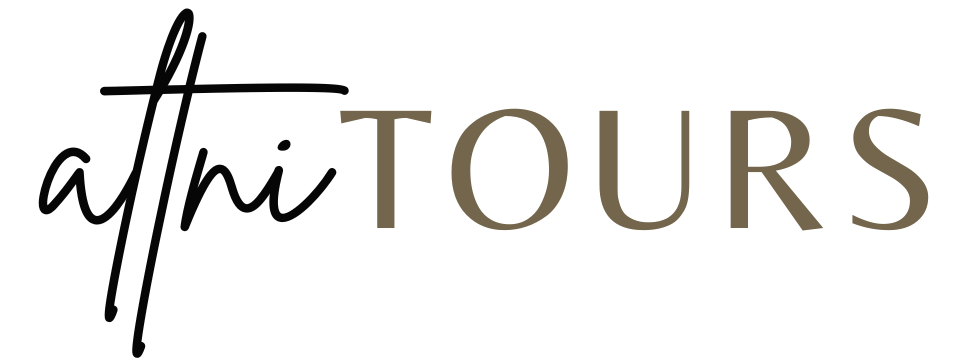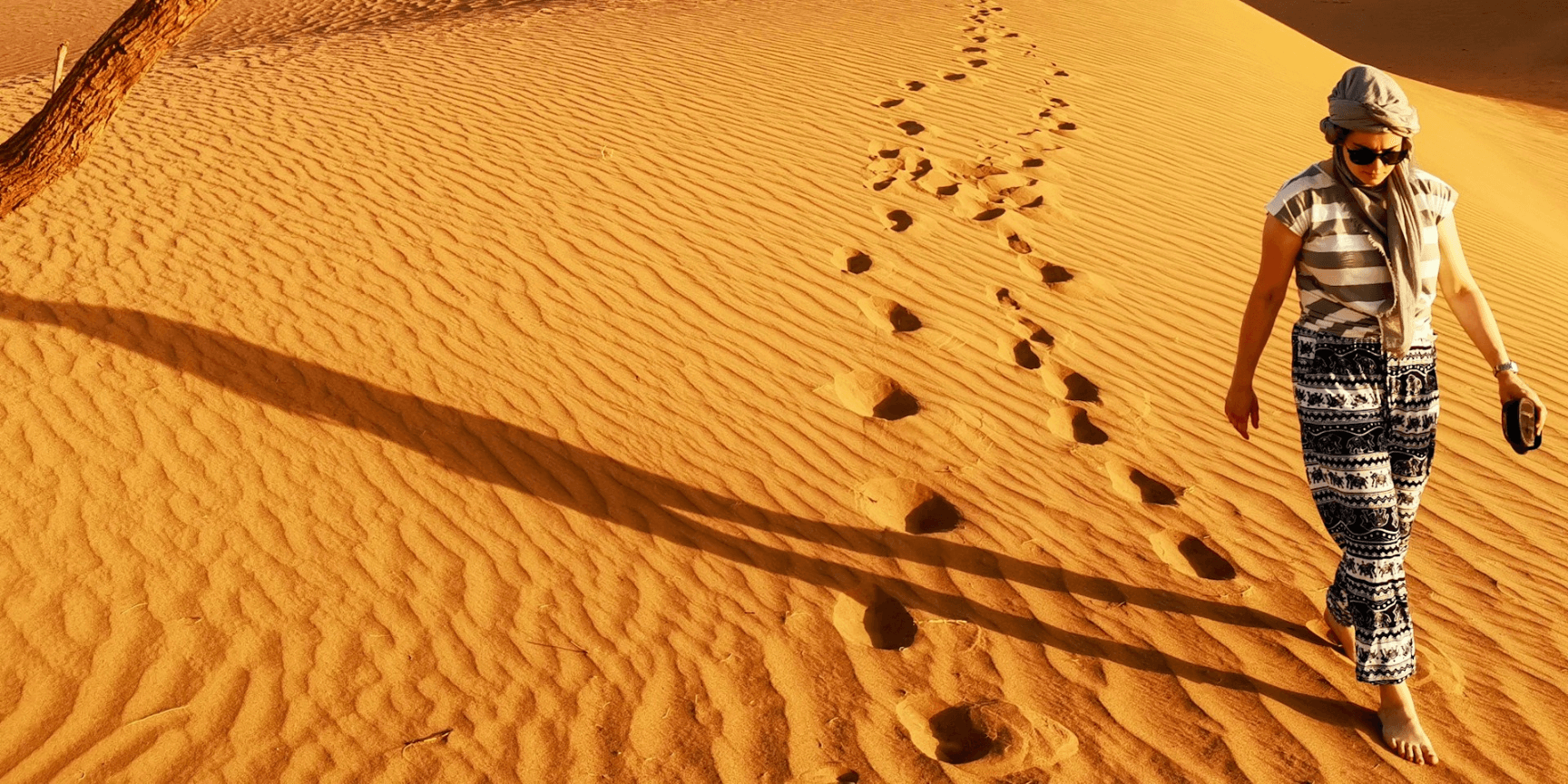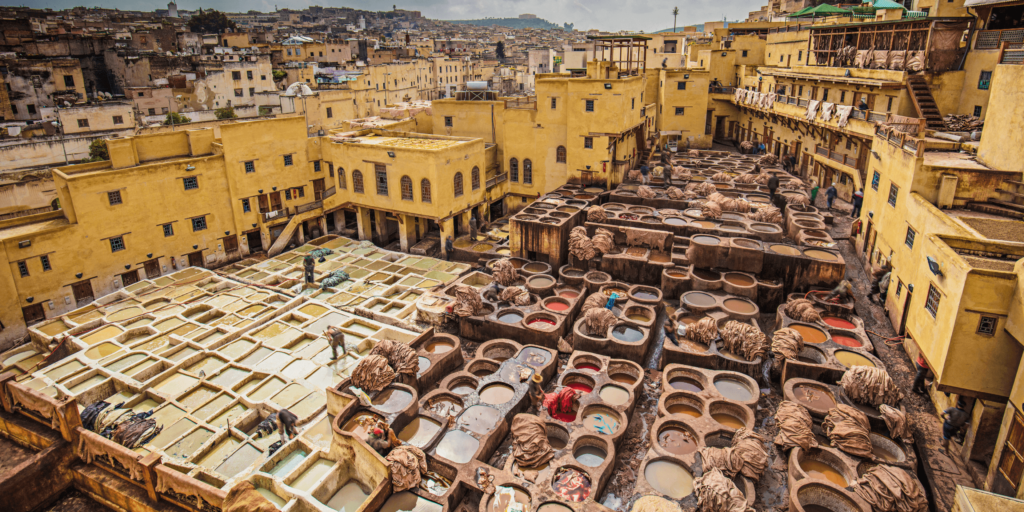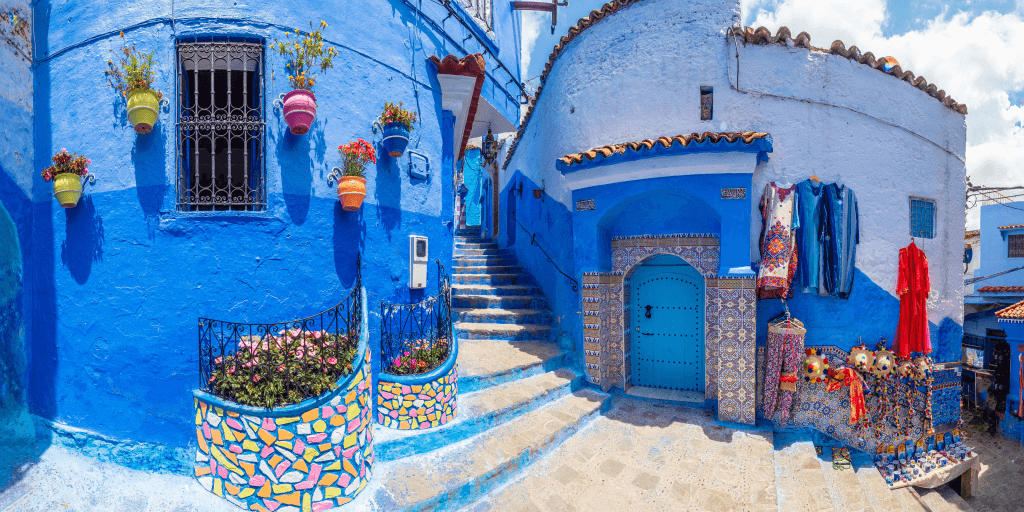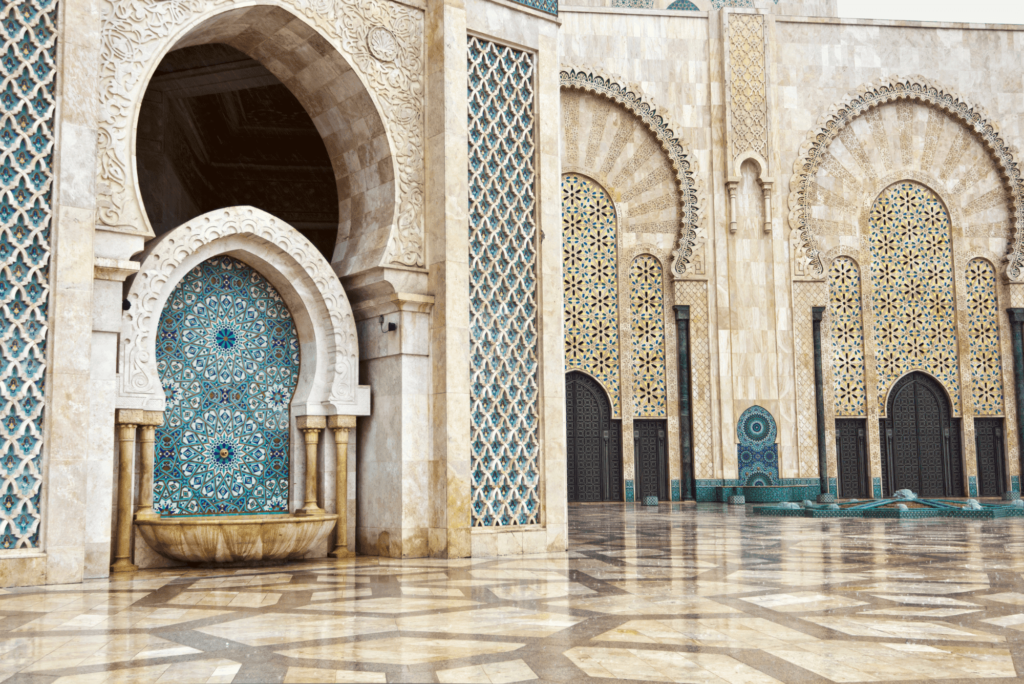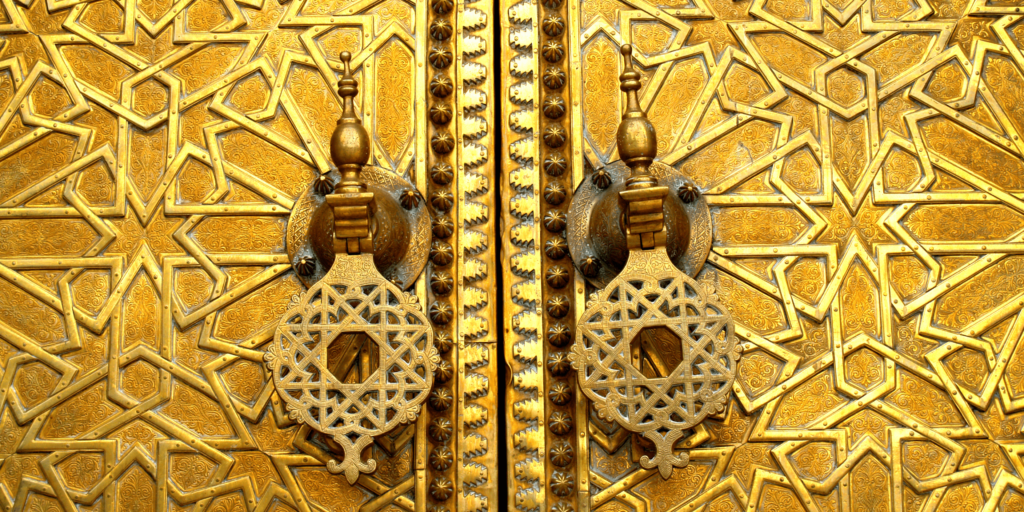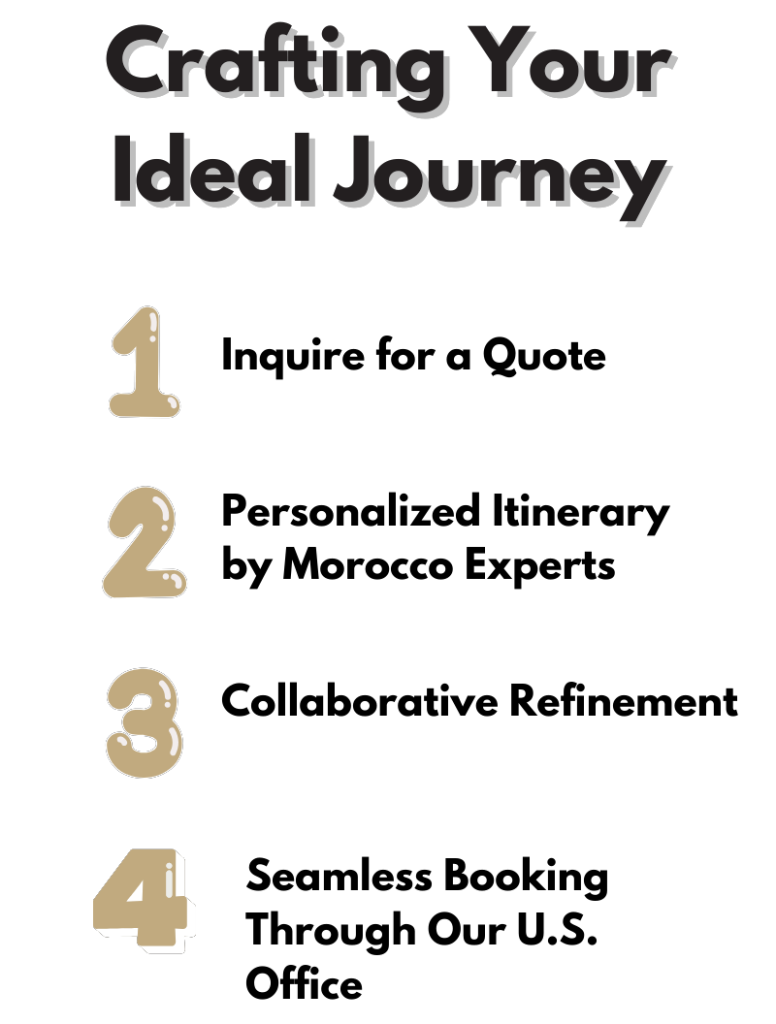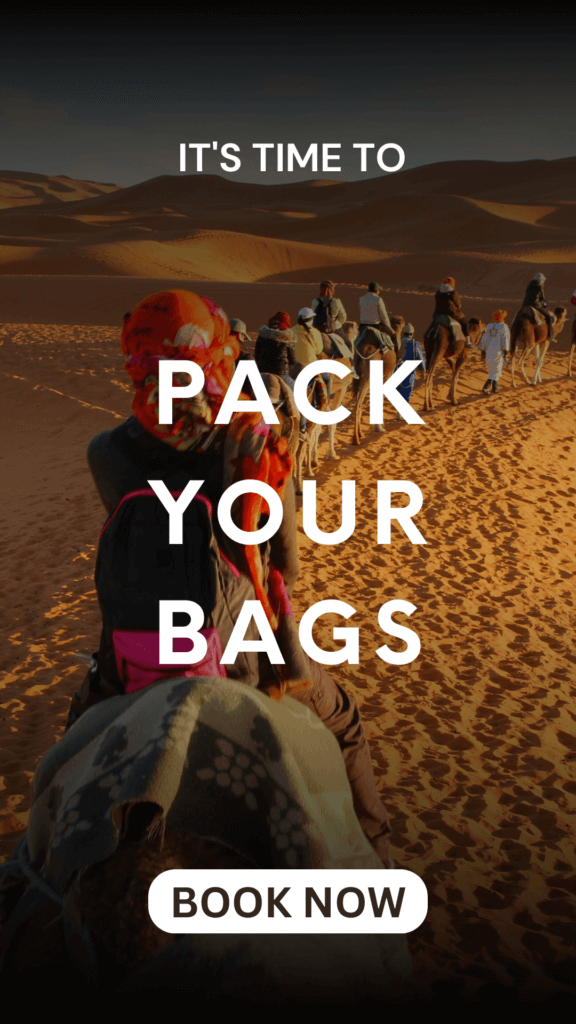Morocco Packing Tips: What To Wear For Travel
Simplifying Packing Woes.
Many travelers face two common dilemmas when it comes to packing: either realizing they’ve packed inadequately or questioning why they’ve packed excessively.
Packing for a trip is challenging, especially when visiting a culture that differs significantly from one’s own comfort zone.
It’s natural to feel stressed about what to pack and whether it aligns with cultural norms.
But fret not! This guide consolidates all the necessary information to simplify your packing process.
In Morocco, Islam is the predominant religion, shaping many aspects of social norms. While Moroccans tend to embrace modesty, their culture is not as conservative as some other Islamic nations. They are known for their kindness, hospitality, and openness towards tourists. While visitors are not obliged to adhere strictly to these cultural norms or religious practices, it’s advised to show respect.
Moroccan fashion is often a blend of European and Arab styles, reflecting the country’s diverse influences.
A special note for female travelers: While there’s no intention to restrict your choices, it’s advisable to dress modestly to better blend in and minimize unwanted attention, particularly if you’re traveling alone. Women may sometimes encounter unwelcome comments from Moroccan men on the streets, especially if dressed in revealing clothing.
Table of Contents
Overview of Cultural Attire for Women.
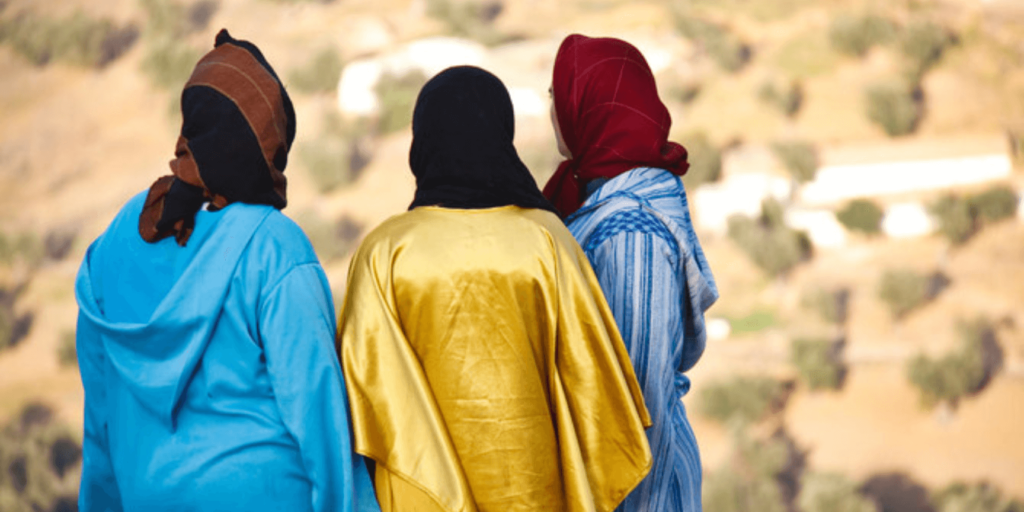
Traditionally, Moroccan females (although urbanization has prompted shifts) incline towards donning blouses with sleeves extending past their elbows. These blouses typically boast ample length and a relaxed fit. A considerable number of females opt to veil their heads or tie their tresses back rather than leaving them unbound.
Amongst the younger demographic, there’s a proclivity towards contemporary attire featuring denim and elongated tops, whereas their elder counterparts lean towards the customary djellaba and headscarf. Contrary to prevailing beliefs, Moroccan females do indulge in cosmetics, so adorning makeup is not frowned upon.
However, it’s worth noting that tourists may attract undue attention if they opt for spaghetti straps or form-fitting tops that are overtly revealing. It’s advisable to eschew ostentatious jewelry, not only for cultural sensitivity but also to prioritize personal safety.
Overview of Cultural Attire for Men.
In Morocco, older men often opt for the traditional djellaba attire, while younger men tend to lean towards business casual attire when they’re out in public. It’s uncommon to see Moroccan adult men wearing shorts; long pants are the norm, especially among the older generation. Collared shirts are a staple for Moroccan men, and sleeveless T-shirts are generally avoided, particularly in rural areas. When it comes to footwear, men typically prefer closed-toed shoes over sandals for outdoor wear.
Guidelines for Female Tourists in Morocco:
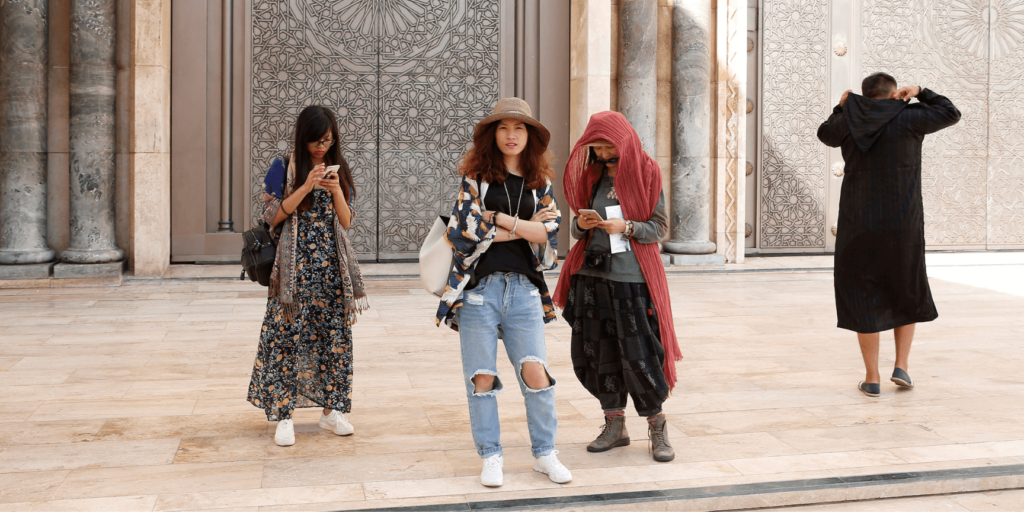
Cultural Guidelines:
- Opt for tops with at least some sleeves, covering up to the elbows is customary for Moroccan women but not obligatory for tourists.
- Avoid wearing strappy tank tops.
- If wearing pants, choose longer shirts that cover at least to the upper thigh, especially with tighter pants.
- Stay away from low-cut shirts.
Weather Guidelines:
- Bring clothes suitable for layering.
- Loose-fitting tops are recommended for both modesty and heat protection.
- Tunics or button-up shirts are excellent choices.
- In summer, pack light cardigans to throw over tank tops for added modesty and sun protection.
- For winter, pack heavier cardigans for warmth.
BOTTOMS:
- Pants are acceptable for women in Moroccan culture, including skinny jeans.
- Avoid wearing shorts; opt for mid-calf or capri-length pants instead.
- Skirts should be longer, maxi length is preferred, and consider covering bare shoulders with a scarf for modesty and sun protection.
- Comfortable pants are recommended for activities like hiking or camel riding.
Weather Guidelines:
- Pack at least one long, light skirt for summer to stay cool.
- Flowy pants or baggy capris are good options for summer.
- Consider the practicality of clothing for various activities, such as hiking or camel riding.
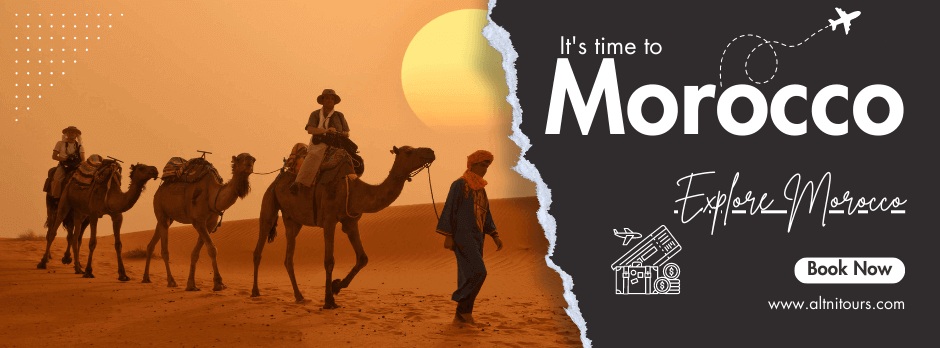
Guidelines for Male Tourists Visiting Morocco:
TOPS Cultural Guidelines: Moroccan men typically dress more formally than Westerners. While T-shirts are acceptable, wearing a polo or button-up shirt may help you blend in better. Sleeveless shirts are uncommon among Moroccan men.
Weather Guidelines: Opting for button-up shirts can provide both style and protection from the heat and sunburn during warmer months.
BOTTOMS Cultural Guidelines: Moroccan men generally don’t wear shorts, but as a tourist, it’s acceptable for you to do so. If you prefer to blend in more, consider packing long pants.
Weather Guidelines: While pants are usually tolerable for most of the year, consider lightweight cargo shorts, especially during the summer or if you plan to visit the desert, to stay cool.
Choosing the Appropriate Footwear for Men, Women, and Children.
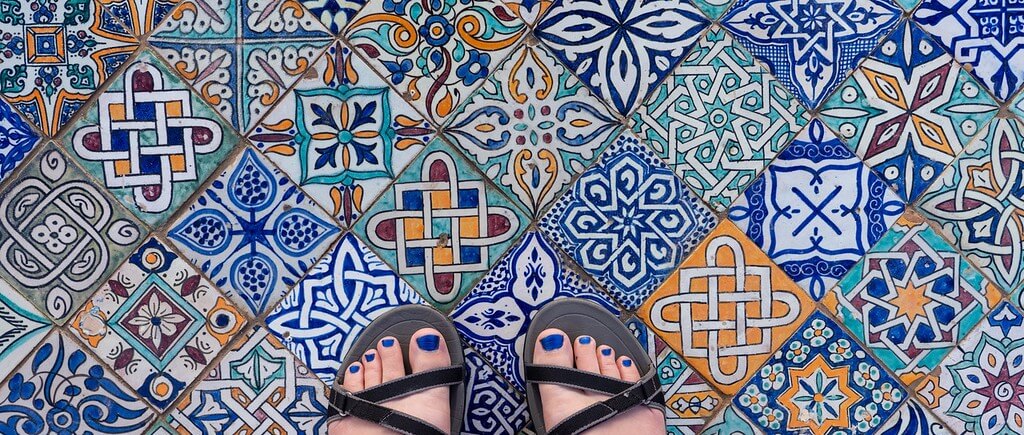
Choosing the right shoes for different activities and occasions is essential for comfort and respect, especially when exploring a place like Morocco. Here are some recommendations for men, women, and kids:
Women’s Shoes In Morocco:
- Comfortable Walking Shoes: Opt for supportive sneakers, walking sandals, or cushioned flats for long walks through Morocco’s medinas and historical sites.
- Respectful Footwear for Cultural Sites: Choose closed-toe shoes or sandals that cover your feet when visiting mosques or historical sites to adhere to local customs.
- Stylish Shoes for Evening Outings: For evenings out or dining, consider wedges, low heels, or elegant sandals that blend style with comfort.
Men’s Shoes In Morocco:
- Versatile Sneakers: Comfortable sneakers with sturdy soles are ideal for navigating Moroccan cities due to their breathability and support.
- Hiking Boots or Trail Shoes: For adventures in Morocco’s mountains or deserts, opt for durable hiking boots or trail shoes with ample support and grip.
Kids’ Shoes In Morocco:
- Sturdy Sneakers: Active kids will benefit from sturdy sneakers with good traction and cushioning for various terrains.
- Closed-Toe Sandals: Protect your child’s feet with closed-toe sandals featuring adjustable straps for a secure fit, ideal for breathability and easy wear.
Packing Tips and Considerations.
- Utilize Shoe Space: Shoes can take up a significant amount of space in your luggage. Maximize this space by placing smaller items like socks or underwear inside your shoes. This not only saves space but also helps maintain the shape of your shoes.
- Packing Cubes or Shoe Bags: Keep your shoes organized and separate from your clothing by using packing cubes or dedicated shoe bags. This helps prevent dirt, sand, or any other debris from spreading to your clean clothes. It also makes it easier to find your shoes when you need them.
- Choose Versatile Shoes: Instead of packing multiple pairs of shoes for different occasions, opt for versatile pairs that can be mixed and matched with various outfits. Consider shoes that are suitable for both casual and formal settings, so you can minimize the number of shoes you need to bring.
- Consider the Terrain: When selecting shoes for your trip to Morocco, consider the terrain and activities you’ll be engaging in. If you plan on exploring cities as well as venturing into rural areas, choose shoes that are comfortable for walking on different surfaces.
- Pack Light: Remember that you’ll likely be doing some walking during your trip, so it’s essential to pack light to avoid carrying unnecessary weight. Stick to the essentials and avoid overpacking.
- Weather Considerations: Depending on the time of year you’re traveling to Morocco, consider the weather conditions and pack accordingly. In warmer months, lightweight and breathable shoes are ideal, while in cooler months, you may need to pack shoes that offer more warmth and protection from the elements.
- Check Luggage Restrictions: Before packing, familiarize yourself with the luggage restrictions of your airline or transportation method. This will help you avoid any surprises or additional fees for exceeding weight or size limits.

When it comes to swimwear for your trip to Morocco.
Numerous hotels and riads boast delightful swimming pools for their guests. As most of your swimming will likely be indoors at the hotel, you’ll encounter a variety of swimwear styles. To maintain a level of decorum and respect, we suggest women opt for a one-piece swimsuit or tankini rather than a bikini. Similarly, we recommend men pack swim shorts instead of Speedos.
Formal Wear: Moroccans tend to dress more formally, especially for nice dinners at hotels or riads. While it’s important to respect the cultural norms of modesty, you can be slightly more relaxed in a tourist environment like a hotel. Consider bringing formal attire such as dress shirts, dresses, or smart casual outfits for these occasions.
Exercise: If you plan to use the hotel gym, your regular exercise attire should suffice. However, if you intend to run outdoors, it’s advisable for women to wear pants that extend past the knee along with a loose-fitting long shirt. This helps maintain modesty, particularly if wearing leggings, as shorter attire may attract unwanted attention.
Cooler Weather: Despite Morocco’s reputation for warmth, temperatures can drop significantly, especially in the evenings or mornings, and particularly in mountainous or desert regions. Pack a jacket or sweatshirt to layer up when it gets chilly, ensuring you stay comfortable during cooler periods of your trip.
In Morocco, traditional garments like the djellaba and kaftan hold cultural significance and are often worn for various occasions. Here’s a brief overview:
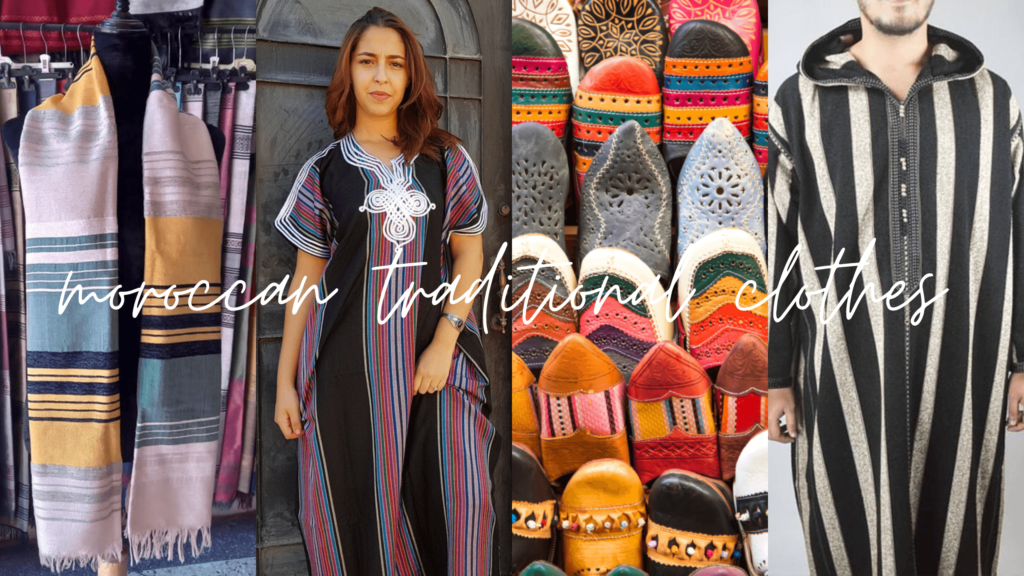
- Djellaba: This loose robe-like garment is worn by both Moroccan men and women over their clothing. It typically features a hood and may have hand-sewn decorations. Djellabas are versatile and can be worn casually or for more formal occasions, depending on the style and embellishments.
- Kaftan: Considered the fancier version of the djellaba, the kaftan is often reserved for celebratory events such as weddings or baby naming parties. Kaftans are known for their bright colors and intricate embellishments, making them stand out from the more neutral djellabas.
- Leather Slippers: Morocco is famous for its beautiful leather slippers, known as babouches. These slippers can be worn as house shoes or for everyday wear if they’re sturdy enough. Available in a wide range of colors and designs, babouches are a popular souvenir for visitors to Morocco.
- Handwoven Scarves: If you’re interested in Moroccan textiles but prefer something smaller than a djellaba or kaftan, consider purchasing a handwoven scarf. These scarves come in various colors and patterns, showcasing the craftsmanship of Moroccan weavers.
Quick checklists for both women and men:
Women:
- Loose tunics
- Light cardigan for summer, heavier one for winter
- Jeans or comfortable pants (longer than knee-length)
- Long skirt for versatility
- Comfortable shoes
- Jacket
- Tank tops for layering
- Hat
- Sunglasses
- Modest swimming suit (not bikini)
- Light scarf for various purposes
Men:
- Long pants or shorts (depending on weather)
- T-shirts
- Polos or button-up shirts for dressier occasions
- Comfortable shoes
- Swimming trunks
- Hat
- Sunglasses
- Jacket
Can I wear a bikini in Morocco?
If you’re planning to hit the beach in Morocco sporting a bikini, rest assured, it’s totally fine. Moroccan beach communities are generally chill and open-minded. You might attract a few more glances compared to if you were in a one-piece, but no worries there. However, once you’re off the beach and back into town, it’s a good call to throw on a swimsuit cover-up.
If you’re headed to a pool or a private beach, rocking a two-piece swimsuit won’t raise any eyebrows. Just remember, going topless for sunbathing in public is a no-go.
What Do Men Wear to the Beach in Morocco?
Planning your beach attire as a guy in Morocco is pretty straightforward. You’ll commonly spot men in swim trunks or Speedo-style briefs, both totally fine choices. Some Moroccan men opt for a tank top when they’re out of the water, but it’s not a must.
What is the appropriate attire for women in Morocco?
When planning your attire for Morocco as a woman, it’s advisable to lean towards conservative choices. While there’s no requirement to cover your hair, it’s important to adhere to these suggestions:
1: Ensure your shoulders, knees, chest, and midriffs are covered.
2: Opt for loose, flowing garments over tight-fitting tops and pants.
3: Steer clear of deep v-necks, cleavage, short shorts, skirts, spaghetti straps, and the like.
While these guidelines aren’t strict rules, they demonstrate respect for Moroccan culture. Following them not only helps you blend in but also minimizes the risk of drawing unwanted attention, harassment, or inadvertently offending locals.
Can I wear shorts in Morocco?
While wearing shorts is not entirely prohibited, it’s wise to opt for longer shorts that reach at least to the knee, especially for women.
In more touristy or liberal areas like Marrakech or coastal cities, shorter shorts might be acceptable.
Is it okay to show ankles in Morocco?
In Morocco, it’s generally acceptable to show your ankles, but it’s essential to be mindful of the overall modesty guidelines. Packing tunics and long-sleeved shirts is a smart choice, especially for layering in conservative or rural areas.
When entering mosques, female travelers should ensure their attire covers from ankle to elbow and conceals the décolletage. Additionally, it’s customary to cover your hair with a scarf as a sign of respect.
What footwear should I bring to Morocco?
When packing for Morocco, prioritize versatile shoes to maximize luggage space. Consider these factors:
– Moroccan cities feature ancient walking surfaces.
– Expect extensive walking throughout your trip.
– Prepare for hot or wet conditions.
– Keep in mind potential sandy terrain in the Sahara.
Choose shoes that can withstand various walking surfaces and weather conditions, ensuring comfort and practicality during your travels.
Can I wear sneakers in Morocco?
Yes, you can definitely wear sneakers in Morocco. In fact, they’re a great choice for exploring the country, especially considering the amount of walking you’ll likely be doing.
Choose comfortable walking shoes like sneakers, walking sandals, or supportive flats to ensure you can navigate through medinas, souks, and historical sites comfortably. Prioritize shoes with good support and cushioning to keep your feet happy during your urban adventures.
How to pack for two weeks in Morocco?
– Jeans, shorts, or trousers.
– Practical walking shoes.
– T-shirts and cotton shirts.
– Socks and underwear.
– Washing line (if you’re staying in rustic accommodations).
– Biodegradable washing detergent.
– Long trousers.
– Sweater, warm anorak, or microfleece.
Additionally, consider including:
– Lightweight scarf or shawl (for covering up in conservative areas).
– Sunscreen and hat.
– Sunglasses.
– Daypack or small backpack for day trips.
– Travel-sized toiletries.
– Adapter for electrical outlets.
– Camera or smartphone for capturing memories
Remember to pack light and versatile clothing that can be layered for varying temperatures and activities.
While you ultimately have the freedom to decide how conservative you want to dress, this guide provides a helpful standard for making those decisions. Don’t stress about what to wear, as Moroccans are accustomed to tourists and understand various styles of dress. As long as you adhere to the basic guidelines of modesty outlined, you’ll be fine. Respect their values, and you’ll enjoy your trip to Morocco to the fullest!
